Welcome to our explainer series, taking important topics and going deeper!
Native vs. Invasive Species
Healthy ecosystems in the United States are declining. The prevalence of lawns, those huge green monoculture swaths, has become a hallmark of American suburbia. However, this widespread practice, along with urbanization and sprawl since colonial times, has led to a significant loss of habitats. Approximately 71% of land in the contiguous United States is privately owned, much of which is unable to support wildlife as effectively as natural habitats. In addition, and perhaps as a result, invasive plant species have become a widespread issue.
Like many regions, New Jersey boasts a rich array of native plant species that offer vital environmental benefits. These plants play a crucial role in conserving and filtering water, supporting native insects, providing wildlife habitats, and preserving soil integrity. Protecting natural biodiversity is essential.
Native plants, by definition, are those that naturally occur in a specific region and have evolved within its ecosystem. They form the foundation of ecological systems, supporting diverse life forms, including birds and humans. Without native plants and the insects with which they co-evolved, local bird populations struggle to survive. Doug Tallamy, an entomologist, has done research that found native oak trees can support over 500 species of caterpillars compared to certain non-native trees that host only 5. For certain bird species, these are a staple source of food, making the difference between 500 and 5 hold large implications for bird populations.1

What is the Difference Between Native, Non-native, and Invasive Plants?
Native and non-native refer only to the origin of the plants, not the ecology. Native plant species are species that are in a region without human introduction and have, therefore, adapted to the climate and soil conditions where they live. They are part of a whole ecosystem that has developed over many, many years and have relationships with other plants, insects, bacteria, and animals. The nectar, pollen, and seeds of native plant species are the food for native insects and birds!2
Non-native plants are species that have been introduced due to human activities, either intentionally or accidentally but have not existed naturally in one area. While non-native plants might not necessarily be a threat to natives, they are incapable of supporting ecosystem health in the same way.
Invasive plants are non-native species that harm native plants and the local ecosystem, both environmentally and economically. They disrupt natives’ growth and can root and spread quickly to become established in previously undisturbed natural communities.
Aggressive species are those of any origin (including native) that have the potential to dominate under certain conditions within their preferred habitat.3
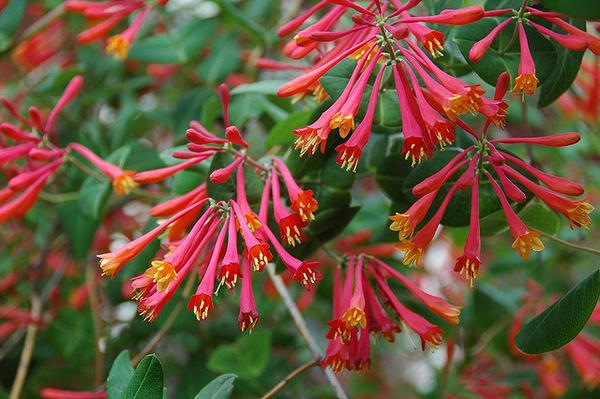
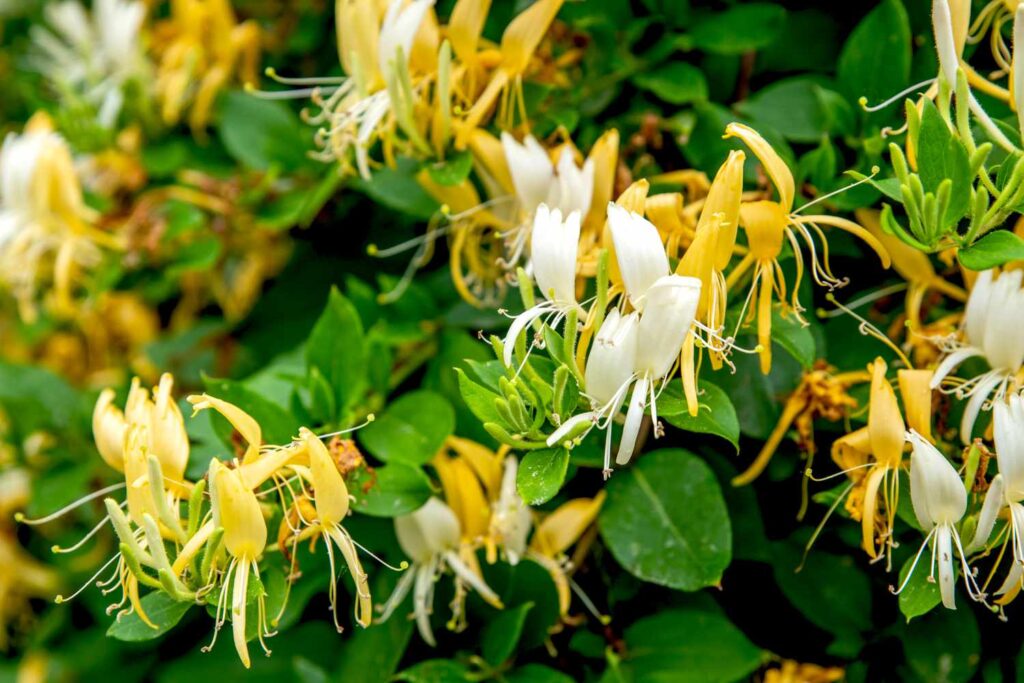
What is wrong with invasive plants?
No plants are ‘bad,’ but they can be detrimental to the native ecosystem. Invasive plant species can reduce native plant diversity by competing for resources like light, water, or minerals. They can even secrete chemicals that inhibit the germination of seeds or the growth of other plants. If closely related to native species, they might hybridize and eventually swap with their native relatives. Invasive plant species don’t just harm other plants, though. They can negatively affect other organisms as well.
How does it happen?
When invasive species are introduced to a region, they can quickly spread to make their presence known. But how do they get here? Sometimes, it is intentional. Nurseries often don’t have incentives to carry many native species because of the popularity of exotic species. Sometimes invasive species are brought in to control wildlife populations or other invasive species. Famously, the United States brought over the Asian Carp to control invasive plants and organisms in ponds and fish farms, and are now a major problem in many waterways because of how quickly they breed and the fact that they have no natural predators here.4 Invasive species can also spread unintentionally, by moving firewood, cargo ships and boats, or houseplants that find their way outside. Hurricanes, floods, strong winds, and animals can carry plants to other regions.56
What are the positives of native plants?
Native plant species have many benefits! They are hardy and low-maintenance, saving time and money. These plants have already spent the last thousands of years adapting to New Jersey’s climate and soil conditions, so they know exactly how to survive. There is less need to use pesticides or fertilizers; their roots help prevent erosion by holding soil in place. The reduction of lawn chemicals and better water infiltration help with stormwater runoff. As previously mentioned, they attract and support native wildlife. Birds and butterflies, as well as other insects that are still important if not as aesthetic, will be attracted to the plants they’ve developed in tandem with historically. There are also so many native plants; all will work in garden designs! Beyond wildflower meadows, there are shrubs, ground covers, plants for foundation beds, water gardens, and more!7
What are keystone plants?
From Homegrown National Park: Keystone Plants are the most productive plants that support the most species! Doug’s research at the University of Delaware has shown that a few genera of native plants, or keystone genera, form the backbone of local ecosystems, particularly in terms of producing the food that fuels insects. By planting just one of these keystone plants you can help restore native biodiversity! Landscapes that do not contain one or more species of keystone genera will have failed food webs, even if the diversity of other plants is high.
What are some common invasive species?
You will likely be familiar with some of the more common invasive species. Unfortunately, they are extremely widespread due to the reasons listed above, general mismanagement of land, and lack of knowledge.
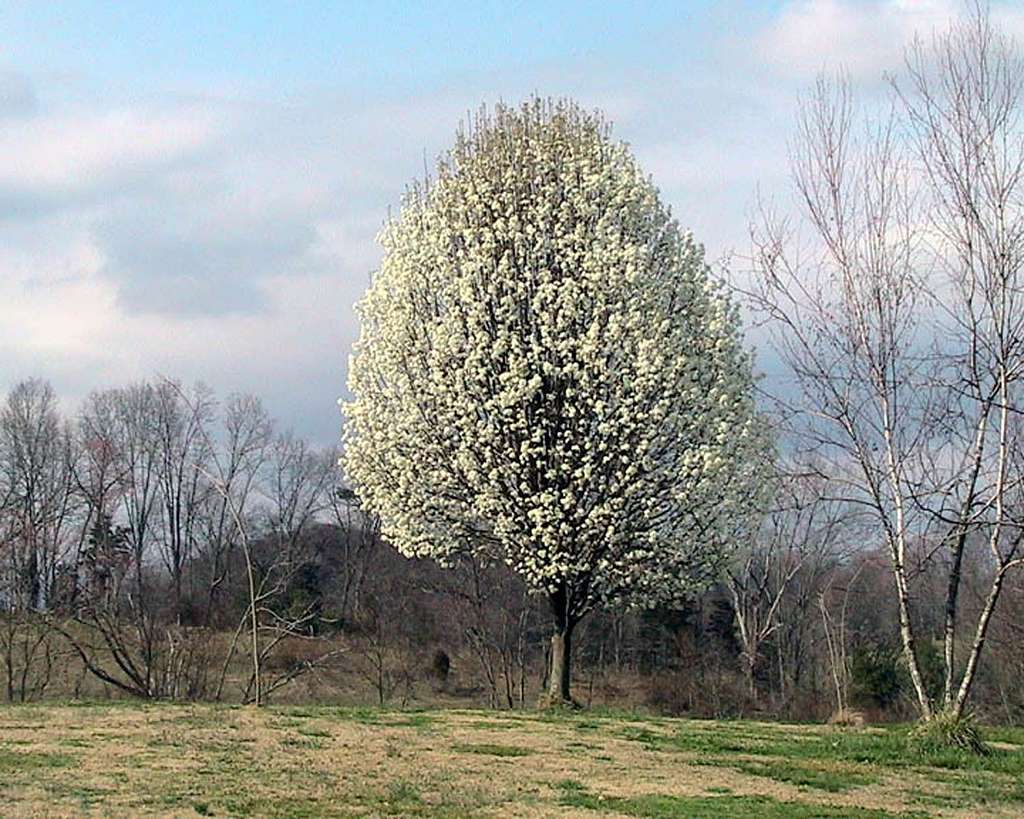
Callery Pear
The Callery Pear tree (Pyrus calleryana) and its cultivars became a staple ornamental tree in North America after being brought over from their native China in the early 20th century. It was originally brought to combat the death of other pear trees from a quickly spreading bacterial disease, fire blight. It started spreading rapidly, appearing in all types of habitats, beating out the competition with native plants, and generally wreaking havoc.8
Multiflora Rose
From its native range in Japan and Korea, multiflora rose (Rosa multiflora) was widely promoted and cultivated in the 1930s for erosion control and fencing. Although it does serve as a food source for certain species, multiflora rose is highly invasive and overtakes native vegetation, especially in old fields.
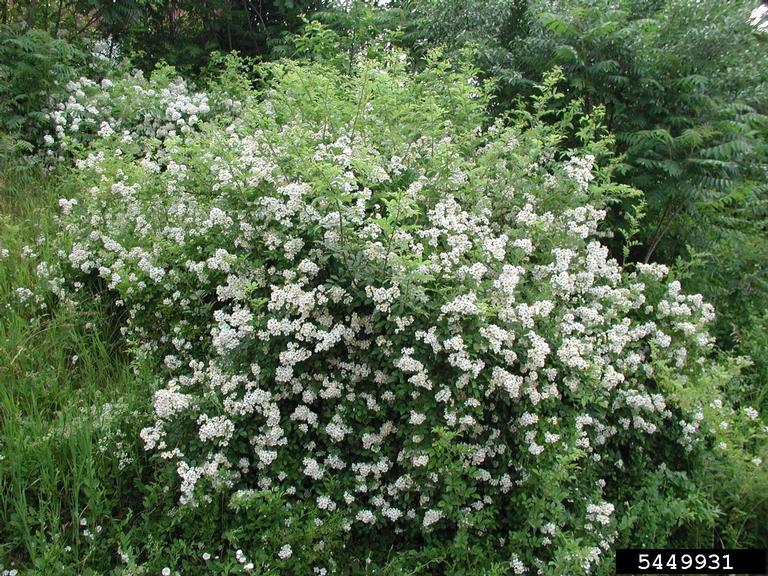
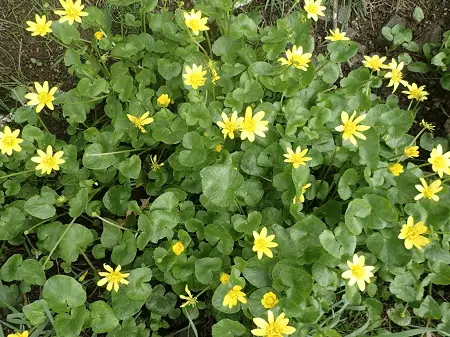
Lesser Celandine
Lesser celandine (Ranunculus ficaria) was brought from Northern Europe and introduced as an ornamental planting. It can completely cover large swaths of ground and can stop the growth of other plants fighting for light and nutrients.9
What can you do?
Unfortunately, New Jersey is one of the only states without a statewide ban on the sale of some of the worst invasive plants. You can help the spread by becoming more aware, identifying invasive species, not planting them, and removing them from your yard. There are so many great resources out there, but here are a few to get started.
- Check the DO NOT PLANT LIST for New Jersey from Friends of Hopewell Vally Open Space Strike Team
- The Native Plant Society of New Jersey
- Friends of Princeton Open Space
- Homegrown National Park
Want to learn more?
We will be sharing our explainers every month. If there are topics you’d like to know more about, please email info@sustainableprinceton.org.
- https://www.audubon.org/content/why-native-plants-matter ↩︎
- https://www.audubon.org/news/what-difference-between-native-non-native-and-invasive-plants ↩︎
- https://npsnj.org/wp-content/uploads/2022/11/Invasive%20Plants%20and%20Lookalikes.pdf ↩︎
- https://www.britannica.com/animal/Asian-carp ↩︎
- https://environment.co/how-do-invasive-species-spread/ ↩︎
- https://www.invasivespeciesinfo.gov/subject/pathways ↩︎
- https://www.jerseyyards.org/jersey-friendly-plants/native-plants/#:~:text=Native%20plants%20not%20only%20add,associated%20with%20fertilizers%20and%20pesticides ↩︎
- https://arboretum.harvard.edu/stories/the-rise-and-fall-of-the-ornamental-callery-pear-tree/ ↩︎
- https://npsnj.org/wp-content/uploads/2022/11/Invasive%20Plants%20and%20Lookalikes.pdf ↩︎


